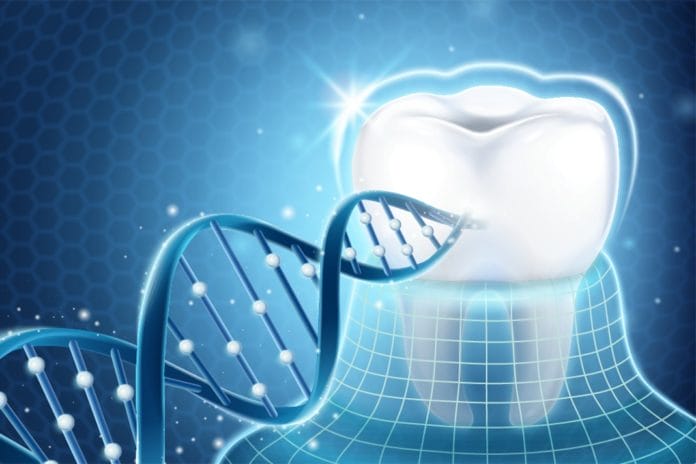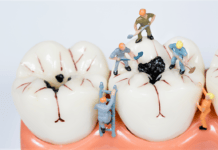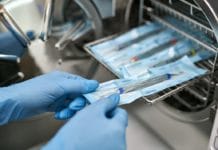Over 120 million people living in America are missing at least one tooth, according to the American College of Prosthodontics. Meanwhile, an estimated 36 million U.S. citizens do not have any teeth at all due to an injury or complicated health issue. To combat this problem, scientists from the University of Plymouth decided to look for potential solutions that could help repair damaged teeth. Their determination led to the discovery of a new gene that promotes stem cell growth and tissue regeneration. The results of the study were published in the Nature Communications journal under the title, “Transit amplifying cells coordinate mouse incisor mesenchymal stem cell activation.”
Background Information on Stem Cells
Scientists have used stem cells in the past to understand how diseases develop and mature in a patient’s body. Under the right circumstances, medical professionals can also use stem cells to repair diseased or damaged tissue. The practice of generating healthy cells to replace older, diseased ones is known as regenerative medicine.
Medical professionals usually prefer to take stem cells from primary teeth or third molars since stem cells are more bountiful and healthier when the cells are young. Stem cells are unique because they have both self-renewal properties and can grow into specialized cells that can perform a certain function. For example, scientists can use the same stem cell to grow new cells for almost any organ, including blood and bone cells. They’ve been used in the past to help patients with a wide range of chronic diseases such as Alzheimer’s, cancer, diabetes, heart disease, multiple sclerosis, and Parkinson’s disease.
Researchers also like to use stem cells to test the efficacy and safety of brand new therapies. It’s only been recently that scientists have started to conduct more studies to learn how stem cells can improve a patient’s teeth.
The University of Plymouth Research Findings
An international team of researchers at the University of Plymouth at the Peninsula Dental School has found a new way for patients to heal their teeth with a gene called Dlk1, which can enhance stem cell activation and tissue regeneration. The noted Dr. Bing Hu, an associate professor in Oral and Dental Health Research, led the collaborative study, which included a distributed team of scientists from around the world.
Dr. Hu’s team discovered a new population of mesenchymal stem cells inside the incisor of a mouse. Mesenchymal stem cells are common in muscle and bone tissue. When activated, Dr. Hu saw that the stem cells could help form dentin by signaling to the body that it needed to produce more stem cells via the Dlk1 molecular gene. The scientists ran additional tests and realized that Dlk1 was beneficial for stem cell activation and tissue regeneration, especially when the mouse had a damaged or missing tooth. Dr. Hu believes his team’s research is a major advancement in the field of stem cell regeneration.
In Conclusion
Dr. Hu believes that more research must be conducted in the future by other labs to further validate their findings. He is hopeful that the research could expand from animal subjects into a clinical trial with human participants later on. Overall, this type of detailed dental and craniofacial stem cell research is a big win for regenerative medicine and the dental industry. Dr. Hu believes that if molecular genes such as Dlk1 and other stem cells were put into practice by dentists and other medical professionals, it could help provide an easier and more cost-effective way for patients to achieve a healthier smile despite having lost teeth due to decay or damage.
Before you leave, check out the Today’s RDH self-study CE courses. All courses are peer-reviewed and non-sponsored to focus solely on high-quality education. Click here now.










